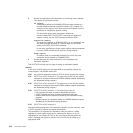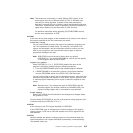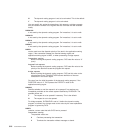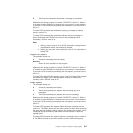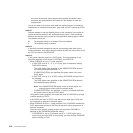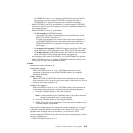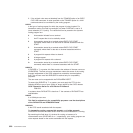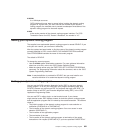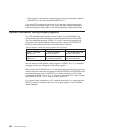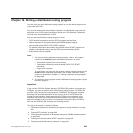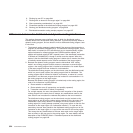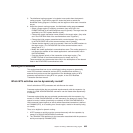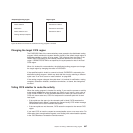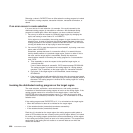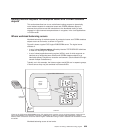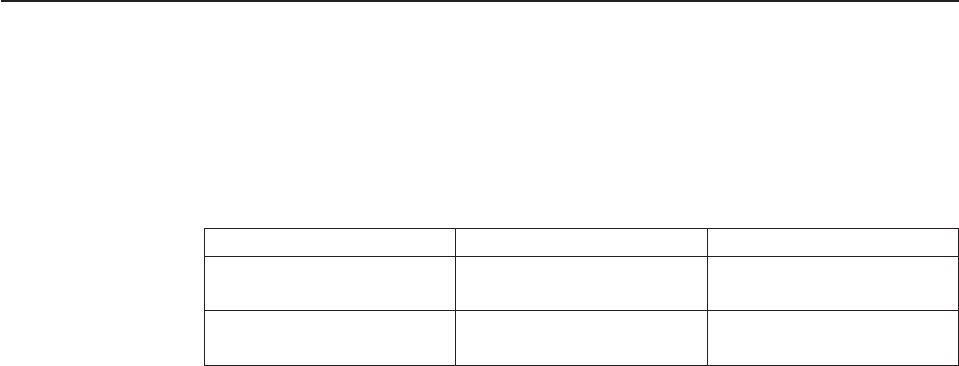
v The invocation of the dynamic routing program if the routed transaction abends
(DYRFUNC=4), if you have specified DYROPTER=Y.
If you want EDF to display the execution of your dynamic routing program only,
either choose dual-terminal mode, or use one of the other methods described in
Execution diagnostic facility (EDF), in the CICS Application Programming Guide.
Dynamic transaction routing sample programs
The CICS-supplied sample dynamic routing program is named DFHDYP. The
corresponding copy book that defines the communications area is DFHDYPDS.
There are assembler-language, COBOL, PL/I, and C source-level samples and
copy books. The supplied programs and copy books, and the CICSTS32.CICS
libraries in which they can be found, are summarized in Table 32.
Table 32. Dynamic transaction routing programs and copy books
Language Member name Library
Programs: Assembler
COBOL PL/I C
DFHDYP DFHDYP
DFHDYP DFHDYP
SDFHSAMP SDFHCOB
SDFHPL1 SDFHC370
Copy books: Assembler
COBOL PL/I C
DFHDYPDS DFHDYPDS
DFHDYPDS DFHDYPDS
SDFHMAC SDFHCOB
SDFHPL1 SDFHC370
You can write your own dynamic routing program in COBOL, PL/I, C, or assembler
language, and you can change the name of the program.
When invoked with DYRFUNC set to ‘0’, the sample programs accept the sysid and
remote transaction name that are passed in fields DYRSYSID and DYRTRAN of the
communications area, and set DYRRETC to ‘0’ before returning to CICS. When
invoked with DYRFUNC set to ‘2’ or ‘3’, they set a return code of ‘0’. When invoked
with DYRFUNC set to ‘1’ or ‘4’, they set a return code of ‘8’.
If you want to route transactions or DPL requests dynamically, you must customize
DFHDYP, replace it completely with your own routing program, or use CICSPlex
System Manager.
622 Customization Guide



